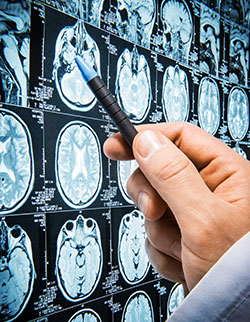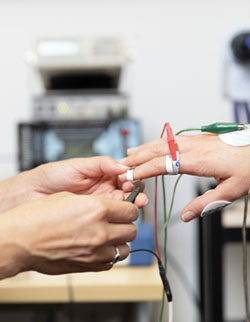About us
The ForeFront research program brings together a unique research group of internationally recognised leaders in clinical, pathological and biological research on neurodegenerative dementias (including frontotemporal dementias, Lewy body dementias, early onset dementia and Alzheimer’s disease), motor neuron disease, neurodegenerative movement disorders (including Parkinson’s disease, multisystem atrophy and progressive supranuclear palsy), along with healthy brain ageing.
With over 300 researchers and professional research staff collaborating across cutting-edge clinical and laboratory-based areas, ForeFront aims to develop early detection and treatment for these neurodegenerative diseases.
Our Mission
Our ForeFront research groups work together to help reduce impact on patients, family and society by improving the services offered to those affected, enhancing support for carers and offering new hope through clinical trials and the development of novel treatments based on new knowledge about these diseases.
Our long-term goal is to improve and expedite diagnosis and to better understand how neurodegenerative processes work so that we can treat and potentially halt these debilitating diseases.
Our Research
To achieve our goals, ForeFront research is organised into two main areas:
- Clinical research - Diagnosis, care and treatments of neurodegenerative diseases
- Laboratory-based research - Biology of neurodegenerative diseases, including identification and development of clinical biomarkers and novel treatments
Our research is not possible without the involvement of many people that are affected or impacted by ageing and neurodegenerative diseases. If you wish to be involved, please contact us.



